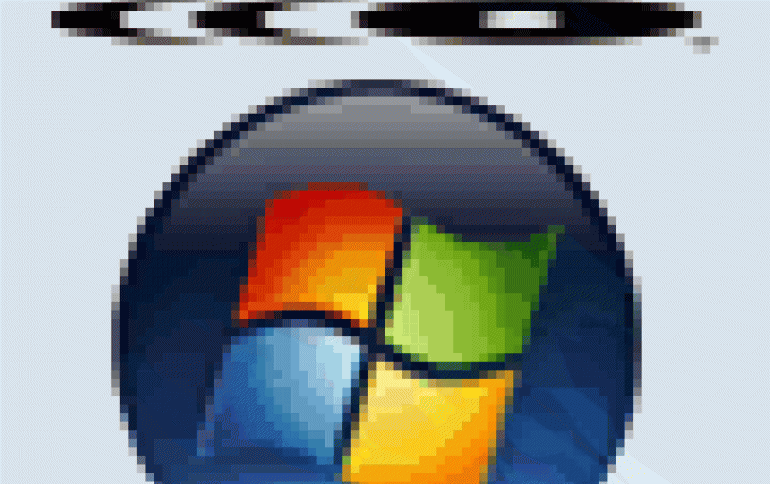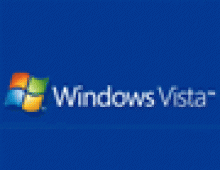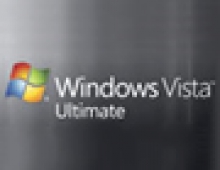
HD DVD and Windows Vista
Microsoft underlined the importance of the HD DVD format and gave details about the way Vista operating system will support the new high definition format, in a conference at WinHEC 2006, held in Seattle, U.S.A.
Microsoft made it clear that Windows Vista will be fully compatible with HD DVD and that it will be capable of supporting the reproduction of HD DVD video. The company showcased the native Vista infrastructure components that are applicable to HD DVD. Specifically,
Windows Vista will support the MMC-5 commands, the driver commands for the AACS content
protection scheme, as well as the UDF 2.5 file system, although UDF is currently a part
of the BD-R file system and not the HD DVD. Vista will also natively support the VC-1
and the MPEG-2 video codecs, as well as the WMA PRO codec for audio.
Vista's Protected Media Path (PMP) is also expected to govern the usage of A/V signals in a PC and will require interaction with information stored in the kernel system itself. In addition, unsigned drivers will be revoked and premium content will not play when such drivers are running on a PC.
Microsoft also seems to be confident that the HD DVD format will finally be the dominant high definition format. The company believes that it is an advantage that HD DVD hardware is currently available, underlining the importance of the lower manufacturing costs for discs and drives compared with the rival Blu-Ray, and believes that the provided 30GB (2 layers) capacity of the HD DVD format is more easily achievable than BD's 25GB (single layer). Dual-layer BD media are currently in the development stage. In addition, Microsoft claims that HD DVD's iHD interactivity offers unique features such as Picture-In-Picture (PIP). PIP is also scheduled to be part of the BD-J (Blu-Ray's interactivity) but at a later stage. The PIP feature allows users to take a screenshot of the video movie and display it in a smaller window on the screen.
The iHD model includes an XML subset for content format of images, buttons, video objects, e.t.c, cascade style sheets (CSS) for layout, color, font types, SMIL for timing and synchronization as well as ECMA scripts for programmability.
In essence, iHD could be considered as a web-like authoring model which does not require programmers, and includes a special package of tools to test, debug and simulate interactive content. Microsoft seems to be clearly inspired by its .NET environment and vision while developing the iHD model.
Windows Vista is expected to be available in 2007. At the same period, HD DVD hardware is expected to start reaching the PC platform.
Vista's Protected Media Path (PMP) is also expected to govern the usage of A/V signals in a PC and will require interaction with information stored in the kernel system itself. In addition, unsigned drivers will be revoked and premium content will not play when such drivers are running on a PC.
Microsoft also seems to be confident that the HD DVD format will finally be the dominant high definition format. The company believes that it is an advantage that HD DVD hardware is currently available, underlining the importance of the lower manufacturing costs for discs and drives compared with the rival Blu-Ray, and believes that the provided 30GB (2 layers) capacity of the HD DVD format is more easily achievable than BD's 25GB (single layer). Dual-layer BD media are currently in the development stage. In addition, Microsoft claims that HD DVD's iHD interactivity offers unique features such as Picture-In-Picture (PIP). PIP is also scheduled to be part of the BD-J (Blu-Ray's interactivity) but at a later stage. The PIP feature allows users to take a screenshot of the video movie and display it in a smaller window on the screen.
The iHD model includes an XML subset for content format of images, buttons, video objects, e.t.c, cascade style sheets (CSS) for layout, color, font types, SMIL for timing and synchronization as well as ECMA scripts for programmability.
In essence, iHD could be considered as a web-like authoring model which does not require programmers, and includes a special package of tools to test, debug and simulate interactive content. Microsoft seems to be clearly inspired by its .NET environment and vision while developing the iHD model.
Windows Vista is expected to be available in 2007. At the same period, HD DVD hardware is expected to start reaching the PC platform.



















